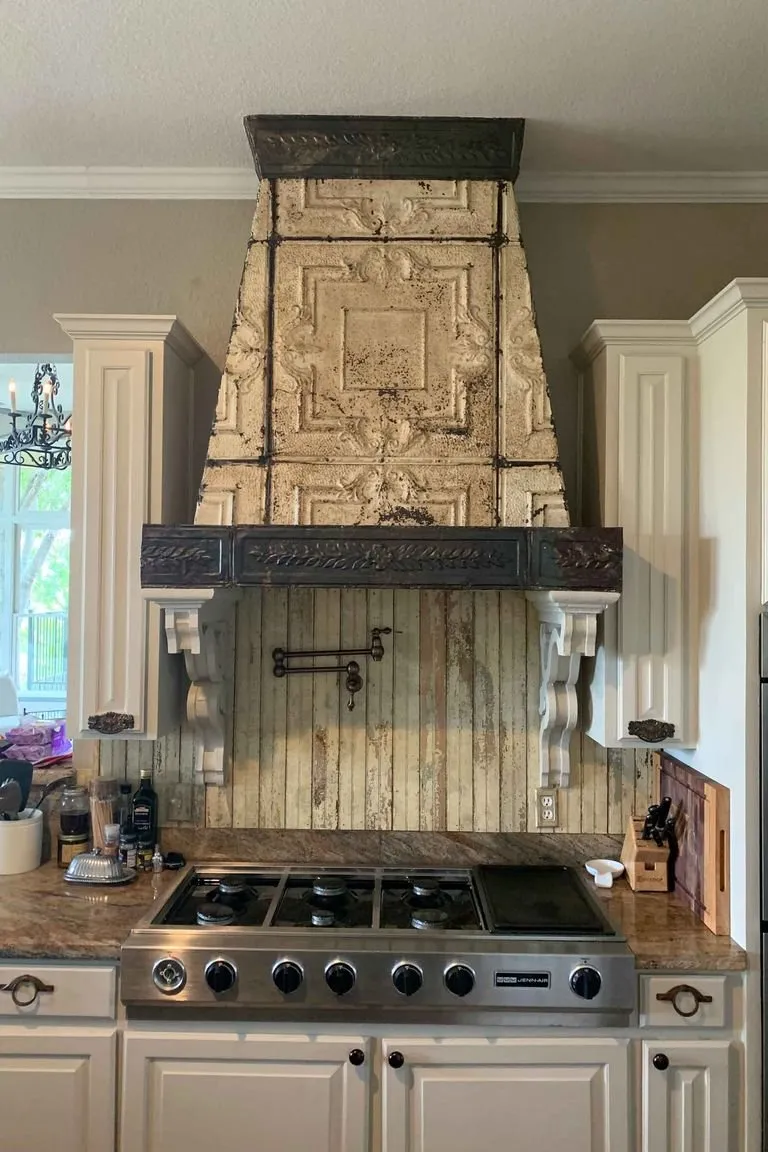Embracing the 90s Kitchen Aesthetic
The 1990s kitchen aesthetic is making a comeback, offering a nostalgic charm that’s both comforting and stylish. DIY kitchen decor in the 90s was all about creating a warm, inviting space that reflected personal style without breaking the bank. This era embraced bold colors, cozy textures, and a touch of kitsch, providing a perfect canvas for creative DIY projects. Whether you’re looking to fully immerse yourself in a retro revival or simply add a few 90s-inspired touches, this guide provides five fantastic DIY ideas to transform your kitchen. Get ready to step back in time and infuse your space with the unique character of the 90s!
Key Elements of 90s Kitchen Decor
Understanding the key elements of 90s kitchen decor is essential for achieving an authentic look. This decade was defined by a blend of functionality and personality. Think vibrant colors, playful patterns, and a cozy atmosphere. The materials used often included natural elements and lots of wood, creating a welcoming environment. Details such as open shelving, decorative displays, and practical storage solutions played a key role. By incorporating these elements, you can create a kitchen that captures the essence of the 90s, blending nostalgia with modern functionality. Explore the following sections to discover how to bring these elements to life with easy DIY projects.
Bold Colors and Patterns
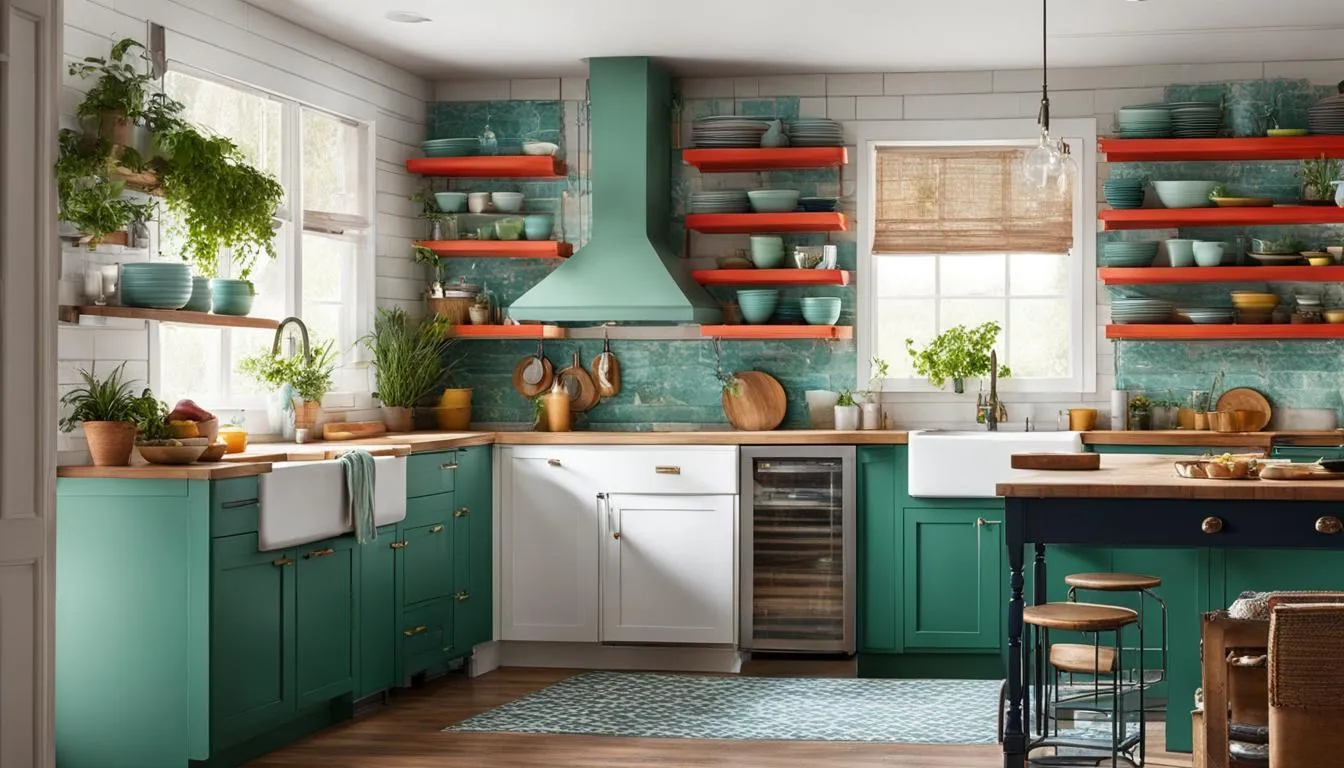
The 90s were all about making a statement, and this was certainly reflected in kitchen design. Embrace bold colors like teal, forest green, and burgundy to add visual interest. Patterned wallpaper or paint techniques, such as sponge painting or faux finishes, were popular. Using a primary color with accents gives the room depth. These bright, lively hues contribute to the decade’s fun-loving vibe and provide a dynamic backdrop for any kitchen. Don’t be afraid to experiment with color, the brighter, the better! It will immediately add a 90s DIY aesthetic to the space.
Floral and Checked Patterns
Floral and checked patterns were quintessential to 90s kitchen decor. They added a touch of whimsy and charm. Consider using floral wallpaper as a feature wall or incorporating checked patterns in your curtains, tablecloths, or even dish towels. These patterns work well in a cozy setting, making the kitchen feel more inviting. You can find many vintage fabric options at thrift stores or create your own with stencils and paint. Combining these patterns with the right colors will take you back to the 90s, adding depth and detail to your space and showcasing your DIY skills.
Natural Materials and Textures
Natural materials like wood, wicker, and stone were key in the 90s kitchen. Incorporate these elements through your cabinetry, countertops, and accessories. Wood cabinets, often in light oak or cherry finishes, were a staple. Wicker baskets and natural-fiber rugs added warmth and texture. This combination created a comforting and inviting feel, which was typical of the era. By embracing natural materials, you will add both visual interest and a sense of organic charm. Natural materials help soften the space and create an inviting atmosphere, key elements of the 90s style.
Wood Cabinets and Countertops
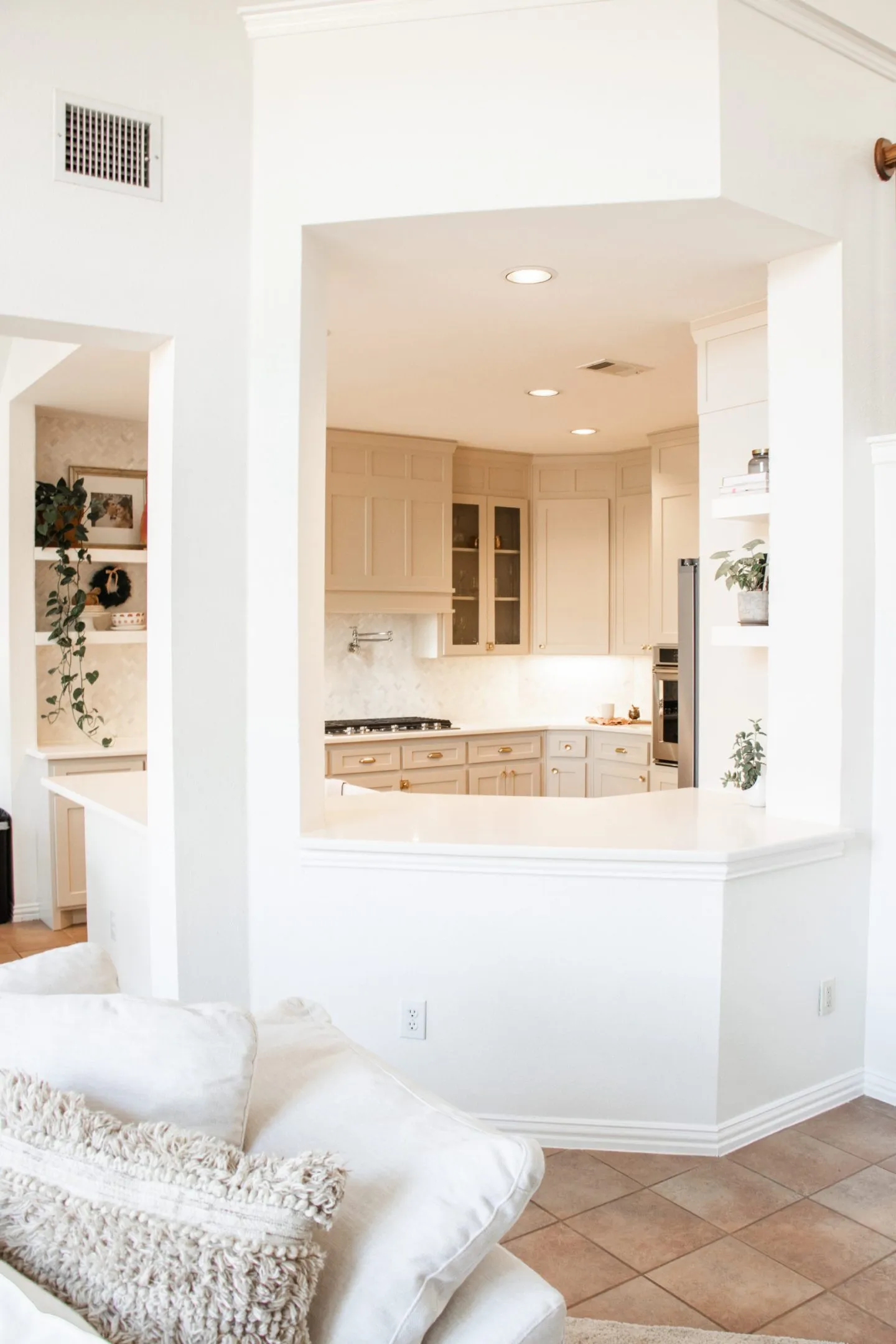
Wood cabinets, especially those with light oak or maple finishes, defined many 90s kitchens. Formica countertops, often with wood-grain patterns, were another characteristic. These materials were chosen for their durability and warmth. For a modern DIY approach, consider refinishing existing cabinets instead of replacing them. You can also update your countertops with a more contemporary finish. The goal is to bring the wood textures and tones into the kitchen without changing the structure. This creates a base that evokes the 90s. It’s a practical way to add charm and character to your space.
Open Shelving and Display
Open shelving was a popular way to display decorative items and everyday essentials. This design element created a more open and airy feel, showcasing personal items and adding personality. Consider replacing some upper cabinets with open shelves. Decorate the shelves with vintage dishware, cookbooks, and decorative items. Arrange these items to create visual interest. This not only provides additional storage but also allows you to integrate your decor with ease. This creates an inviting and personalized look. With open shelving, you can easily achieve the 90s kitchen design through a DIY approach.
Functional and Stylish Storage Solutions
The 90s kitchen always balanced style with functionality. Using baskets, jars, and decorative containers to organize items on countertops and inside cabinets. Consider investing in a pantry. These storage solutions are not only practical but also add to the overall aesthetic. By integrating stylish and functional storage, you can keep your kitchen tidy and organized. This approach offers the ideal way to create a kitchen that is both beautiful and user-friendly, perfectly in line with the 90s decorating style. It will enhance the appearance while solving everyday storage issues.
DIY Decor Idea 1 Painting Cabinets
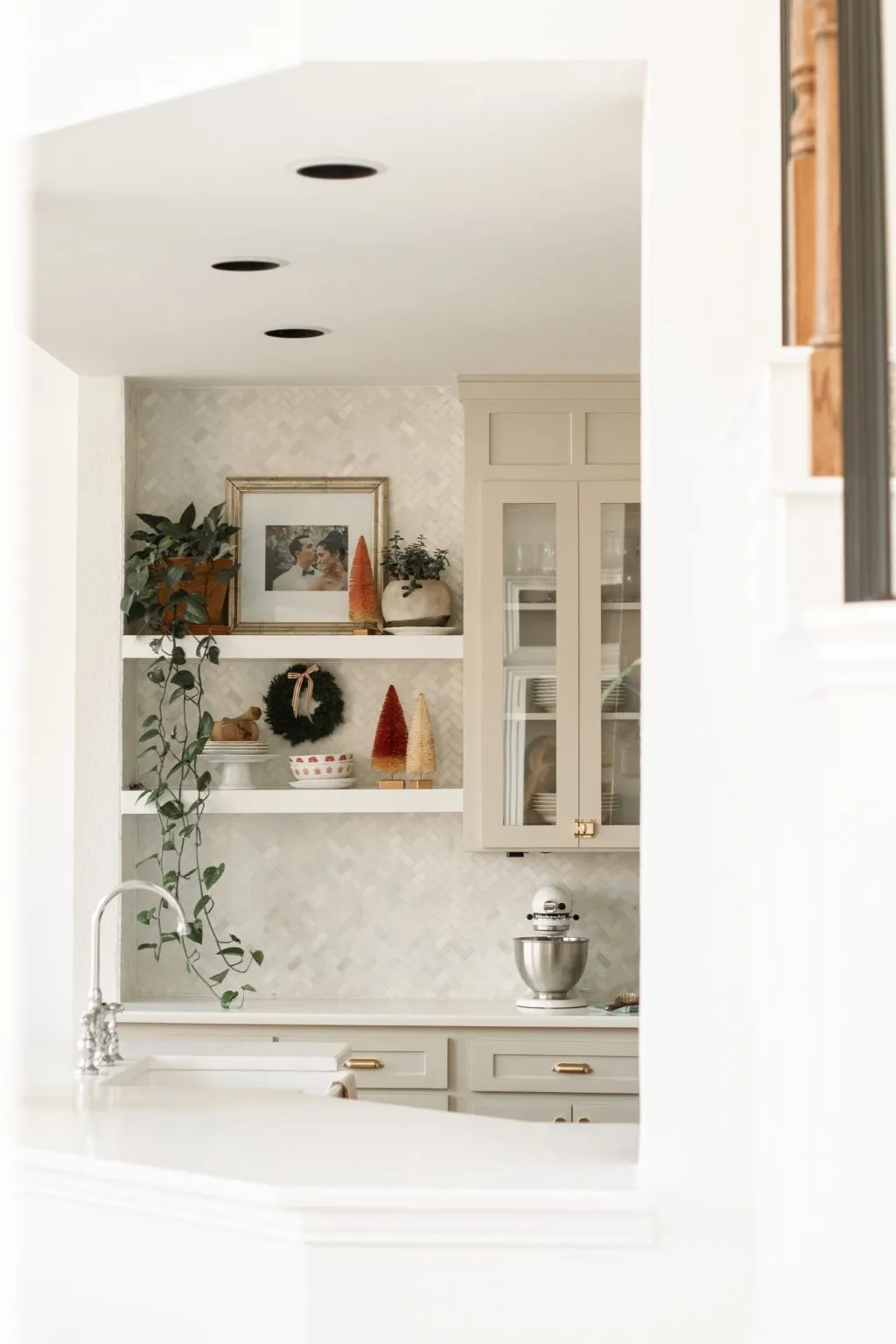
Painting your kitchen cabinets is a simple and effective way to achieve a 90s kitchen makeover. This project is also cost-effective. The first step is selecting the right color. The 90s design had many colors, so choose colors like teal, forest green, or even a classic white. Next, properly prepare the cabinets by cleaning, sanding, and priming. Finally, apply several coats of paint to achieve a smooth, durable finish. This DIY project provides a huge transformation and brings in the colors of the 90s era. Remember to use quality paint for lasting results.
Color Palette Selection
Choosing the right color palette is crucial for painting your kitchen cabinets to achieve a 90s aesthetic. Look back to the colors used throughout the decade. Teal, forest green, burgundy, and mustard yellow were all popular choices, these colors can bring a retro vibe to your kitchen. Neutral colors like cream or off-white are also timeless and create a warm, inviting atmosphere. Think about your existing kitchen elements and choose colors that complement them. Using a color wheel or online color palettes can help you visualize the combinations before you begin. The color of your cabinets sets the tone for your 90s makeover.
Preparing the Cabinets
Proper preparation is key for a smooth and durable paint job. Begin by removing all cabinet doors and hardware. Clean the cabinets thoroughly to remove any grease, dirt, or debris. Next, lightly sand the surfaces to create a better surface for the paint to adhere to. Use a primer to create a base coat and block stains. This step is crucial for ensuring the paint adheres correctly and provides a smooth finish. This will help to ensure a professional-looking result and prevent peeling. Ensure proper ventilation and allow each step to dry completely before moving on.
Painting Techniques
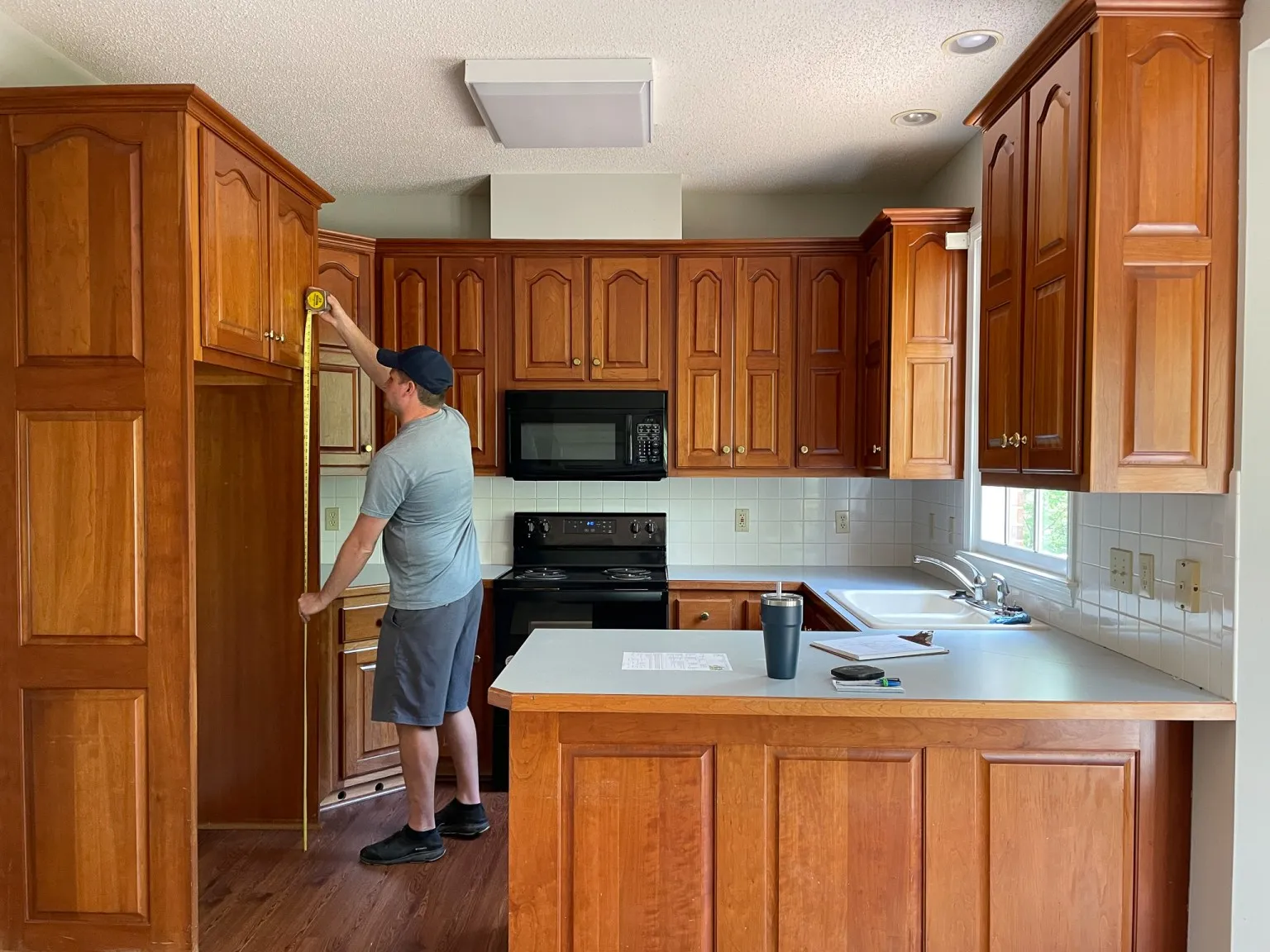
When it comes to painting your cabinets, choose from several techniques to achieve the desired look. For a classic, smooth finish, use a brush and roller or a paint sprayer. Using a brush can give a traditional look, while a roller is great for covering large areas. A paint sprayer provides an even, flawless finish. Apply thin, even coats of paint, allowing each coat to dry completely before applying the next. This prevents drips and ensures a professional-looking result. Consider using semi-gloss or satin paint for durability and ease of cleaning. This will make the cabinets easy to maintain.
DIY Decor Idea 2 Installing Backsplash
Installing a backsplash is an excellent way to introduce a 90s theme to your kitchen. It offers an opportunity to use retro tiles and patterns. Whether you are a beginner or an experienced DIYer, a backsplash can significantly enhance the style and functionality of your kitchen. Consider using materials that were popular during the era, such as ceramic tiles with bold patterns or subway tiles. This adds a unique touch and complements the decor. Select the right tiles and materials to suit your space and personality. This is a great way to add personality to your kitchen.
Choosing Backsplash Tiles
Selecting the right backsplash tiles is a critical step. Ceramic tiles were a favorite in the 90s, so consider styles like subway tiles, or tiles with floral patterns. These reflect the aesthetics of the era. Subway tiles are simple but add a timeless look. Choose tiles in colors that complement your cabinets and countertops. You can find many options at your local home improvement store. Remember to consider the size and shape of your kitchen. If you have a small kitchen, opt for lighter colors or patterns to make the space appear larger.
Backsplash Installation Guide
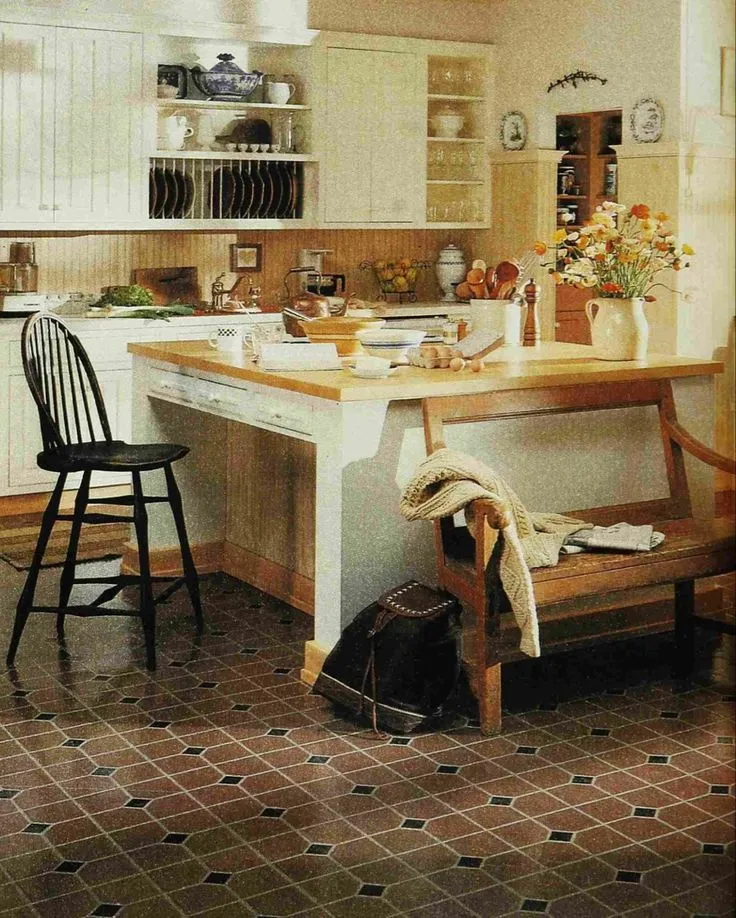
Backsplash installation involves several key steps. Begin by preparing your surface. This includes cleaning the wall and ensuring it is level. Apply thin-set mortar to the wall using a notched trowel. Carefully place the tiles onto the mortar, using spacers to maintain consistent spacing. Allow the mortar to dry completely before moving on. Ensure the tiles are level and aligned properly for a clean finish. If you are not comfortable doing this yourself, consider hiring a professional. Proper installation ensures durability and protects your walls.
Grouting and Sealing
Once the tiles are set, it’s time to grout. Mix the grout according to the package instructions. Apply the grout to the spaces between the tiles. Remove excess grout using a grout float. After the grout has dried for the recommended time, wipe away the haze with a damp sponge. Finally, apply a sealant to protect the grout from stains and moisture. Grouting and sealing are crucial for a clean, professional look and ensure your backsplash lasts. These last steps complete the transformation of your kitchen.
DIY Decor Idea 3 Displaying Collectibles
Displaying collectibles is a great way to add personal style to your 90s kitchen. In the 90s, it was common to showcase various items, from vintage dishware to decorative figurines. Finding collectible items in thrift stores or antique shops adds a unique touch and a personal narrative. Displaying collectibles is simple, and it will add a layer of character to your kitchen. You can use open shelving or glass-front cabinets to showcase your collection. This adds personality and character to your space.
Choosing Collectibles
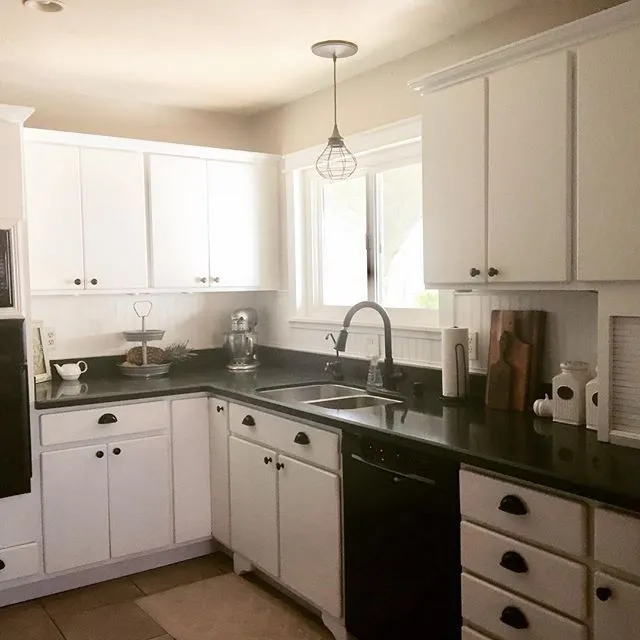
When choosing collectibles for your kitchen, consider items that fit the 90s theme. Look for vintage dishware, kitchen gadgets, or decorative items that were popular during the era. These items should resonate with your personality. Look for vintage cookbooks, ceramic figurines, or glass jars to match your decor. Thrift stores and antique shops are perfect places to find these items, often at affordable prices. These are great ways to incorporate vintage touches into your kitchen. Displaying your collectibles will bring a touch of history and style.
Arranging Collectibles
Once you have your collectibles, it’s time to arrange them. Consider using open shelving or glass-front cabinets to display your items. Arrange your items in a way that’s visually appealing and easy to access. Group items by type, color, or theme to create cohesion. Avoid cluttering the space and create a balanced look. Mix and match items of different sizes and shapes for visual interest. Arrange the collectibles to complement your overall kitchen decor. This adds personality and charm to your space.
DIY Decor Idea 4 Creating a Vintage Corner
Creating a vintage corner is an excellent idea for adding a 90s aesthetic. This can involve using a small table, a chair, or even a cozy breakfast nook. Focus on furniture and accessories popular in the 90s to achieve the vintage look. This corner adds a touch of nostalgia and creates a charming focal point in your kitchen. It is a great space for enjoying a cup of coffee or simply relaxing. The decor reflects the era’s design and creates a comfortable and inviting atmosphere. Adding a vintage corner will make your kitchen more stylish.
Sourcing Vintage Furniture
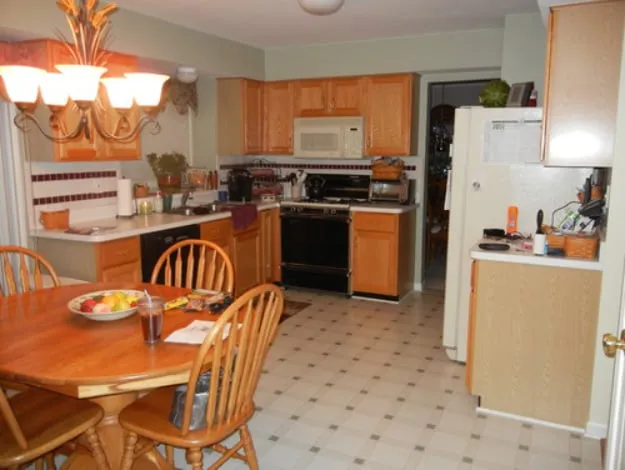
Sourcing vintage furniture is the first step in creating a vintage corner. Check thrift stores, flea markets, and online marketplaces for items like small tables, chairs, or even a vintage breakfast table set. Look for pieces with clean lines, natural wood finishes, or colorful accents. Upholstered chairs or benches with floral patterns are a great choice. These locations will give you the items to reflect the 90s style in the kitchen. The goal is to find pieces that reflect the era’s design, creating a stylish and functional space.
Arranging the Corner
Once you have your furniture, arrange the corner to create an inviting space. Place the table and chair in a way that is comfortable. Decorate the table with vintage accessories like a tablecloth, a vase with flowers, or a retro coffee set. You can add a throw pillow or blanket to the chair for extra coziness. Consider adding a rug to define the space and add warmth. Your corner will be an attractive area to relax and unwind. It will be a stylish addition to your kitchen.
DIY Decor Idea 5 Adding Fabric Accents
Fabric accents were a cornerstone of 90s kitchen decor, adding softness and texture to the space. Think about curtains, valances, dish towels, and even seat cushions. This is an easy way to bring in a 90s theme. The great thing is that you can easily switch the accents out to update the look. These accents create a welcoming and personalized space. By adding fabric accents, you can easily incorporate 90s elements. This is an effective way to make your kitchen reflect the design trends of the era.
Choosing Fabrics
Choosing the right fabrics is crucial for achieving the 90s aesthetic. Look for patterns such as floral prints, checks, and bold geometric designs. Consider the colors that were popular in the era, like teal, forest green, and burgundy. You can find fabrics at your local fabric store. Choose materials that are easy to clean, especially for items like dish towels. Choose fabrics that complement your existing kitchen decor. These are great ways to bring color and design into the kitchen. Choosing the right fabrics can transform your kitchen.
Sewing or Gluing Accents
Once you have chosen your fabrics, you can start sewing or gluing your accents. For curtains or valances, measure your windows and cut the fabric accordingly. For dish towels and potholders, you can use simple patterns or freehand designs. If you prefer a no-sew option, fabric glue is an excellent alternative for creating smaller items. Consider adding fabric to your chairs to give it a 90s vibe. Add these accents to your kitchen and give it personality. Whether you sew or glue, adding fabric accents to your kitchen is a great way to show your DIY skills.
Conclusion The Joy of DIY 90s Decor
DIY kitchen decor in the 90s is a fantastic way to inject personality and nostalgia into your space. The five DIY ideas outlined in this guide provide a comprehensive approach to achieving that retro look. From painting cabinets to adding fabric accents, these projects offer a blend of style, functionality, and personal expression. By embracing the bold colors, patterns, and textures, you can create a kitchen that reflects the unique charm of the 90s. The DIY approach gives you the chance to express your creativity and transform your kitchen into a space that is both inviting and stylish. Enjoy the process of bringing back the joy of 90s decor!
